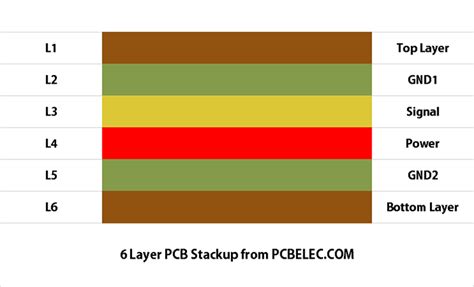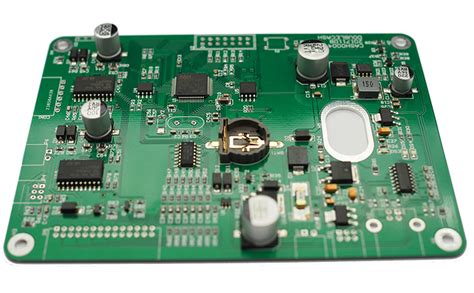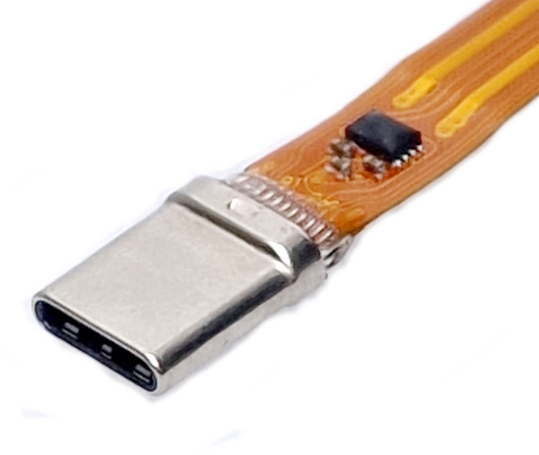Rogers pcb services
Benefits Of Using Rogers PCB Materials For High-Frequency Applications
Rogers PCB services have become increasingly popular in the realm of high-frequency applications, owing to the unique benefits offered by Rogers PCB materials. These materials are specifically engineered to meet the demanding requirements of high-frequency circuits, making them an ideal choice for a variety of advanced technological applications. One of the primary advantages of using Rogers PCB materials is their exceptional dielectric properties. These materials exhibit low dielectric constant (Dk) and low dissipation factor (Df), which are crucial for maintaining signal integrity and minimizing signal loss in high-frequency circuits. This ensures that the performance of the circuit remains consistent and reliable, even at higher frequencies.
In addition to their superior dielectric properties, Rogers PCB materials also offer excellent thermal management capabilities.
High-frequency circuits often generate significant amounts of heat, which can adversely affect the performance and longevity of the components. Rogers materials are designed to efficiently dissipate heat, thereby reducing the risk of thermal-related failures and enhancing the overall reliability of the circuit. This is particularly important in applications such as aerospace, telecommunications, and automotive industries, where maintaining optimal performance under varying thermal conditions is critical.
Furthermore, Rogers PCB materials are known for their outstanding dimensional stability.
This characteristic ensures that the physical dimensions of the PCB remain consistent, even under varying environmental conditions such as temperature fluctuations and humidity changes. Dimensional stability is essential for maintaining the precise alignment of components and traces, which is vital for the proper functioning of high-frequency circuits. This stability also simplifies the manufacturing process, as it reduces the likelihood of defects and rework, ultimately leading to cost savings and improved production efficiency.
Another significant benefit of using Rogers PCB materials is their compatibility with advanced manufacturing techniques.
These materials can be easily processed using standard PCB fabrication methods, including drilling, plating, and etching. This compatibility allows manufacturers to leverage existing infrastructure and expertise, thereby streamlining the production process and reducing lead times. Additionally, Rogers materials are available in a wide range of thicknesses and copper cladding options, providing designers with the flexibility to tailor the PCB to meet specific performance requirements.
Moreover, Rogers PCB materials exhibit excellent chemical resistance, which is essential for ensuring the longevity and reliability of the circuit in harsh environments.
These materials are resistant to a variety of chemicals, including solvents, acids, and bases, which can be encountered in industrial and automotive applications. This resistance helps to protect the integrity of the PCB and its components, thereby extending the lifespan of the circuit and reducing maintenance costs.
In conclusion, the benefits of using Rogers PCB materials for high-frequency applications are manifold.
Their exceptional dielectric properties, thermal management capabilities, dimensional stability, compatibility with advanced manufacturing techniques, and chemical resistance make them an ideal choice for a wide range of advanced technological applications. By leveraging these unique advantages, designers and manufacturers can ensure the performance, reliability, and longevity of their high-frequency circuits, ultimately leading to the development of more efficient and robust electronic systems. As the demand for high-frequency applications continues to grow, the adoption of Rogers PCB materials is likely to become even more widespread, further solidifying their position as a preferred choice in the industry.

How Rogers PCBs Enhance Signal Integrity In Advanced Electronics
Rogers PCBs, known for their superior performance in high-frequency applications, have become a cornerstone in the realm of advanced electronics. These printed circuit boards (PCBs) are crafted from materials developed by Rogers Corporation, which are specifically designed to enhance signal integrity. Signal integrity is a critical factor in the performance of electronic devices, particularly in applications that demand high-speed data transmission and minimal signal loss. The unique properties of Rogers PCBs make them an ideal choice for such applications, ensuring that electronic devices operate with optimal efficiency and reliability.
One of the primary reasons Rogers PCBs excel in maintaining signal integrity is their low dielectric constant (Dk).
The dielectric constant is a measure of a material’s ability to store electrical energy in an electric field. Materials with a low Dk value reduce signal delay and minimize signal loss, which is crucial for high-frequency applications. Rogers materials, such as RO4000 and RO3000 series, exhibit low dielectric constants, thereby ensuring that signals travel through the PCB with minimal distortion. This characteristic is particularly beneficial in applications like RF (radio frequency) and microwave communications, where maintaining signal clarity is paramount.
In addition to a low dielectric constant, Rogers PCBs also boast a low dissipation factor (Df).
The dissipation factor measures the energy loss in a dielectric material when an electric field is applied. A lower Df indicates that less energy is lost as heat, which is essential for maintaining signal strength over long distances. Rogers materials are engineered to have a low dissipation factor, which helps in preserving the integrity of high-frequency signals. This property is especially important in applications such as satellite communications, radar systems, and high-speed digital circuits, where even minor signal degradation can lead to significant performance issues.
Moreover, Rogers PCBs offer excellent thermal management capabilities.
High-frequency electronic devices often generate substantial amounts of heat, which can adversely affect signal integrity and overall device performance. Rogers materials are designed to withstand high temperatures and provide efficient heat dissipation, thereby protecting the integrity of the signals transmitted through the PCB. This thermal stability ensures that the electronic components function reliably even under demanding conditions, making Rogers PCBs a preferred choice for aerospace, defense, and automotive industries.
Another notable advantage of Rogers PCBs is their dimensional stability.
Dimensional stability refers to the ability of a material to maintain its size and shape under varying environmental conditions. Rogers materials exhibit exceptional dimensional stability, which is crucial for maintaining consistent signal paths and preventing signal loss due to physical deformation of the PCB. This property is particularly valuable in applications that experience significant temperature fluctuations or mechanical stress, such as outdoor communication systems and industrial automation equipment.
Furthermore, Rogers PCBs are known for their ease of fabrication and compatibility with advanced manufacturing processes.
The materials used in Rogers PCBs can be easily processed using standard PCB manufacturing techniques, allowing for precise and consistent production of high-quality PCBs. This compatibility ensures that manufacturers can produce complex PCB designs with tight tolerances, which is essential for maintaining signal integrity in advanced electronic devices.
In conclusion, Rogers PCBs significantly enhance signal integrity in advanced electronics through their low dielectric constant, low dissipation factor, excellent thermal management, dimensional stability, and ease of fabrication. These attributes make Rogers PCBs an indispensable component in high-frequency applications, ensuring that electronic devices perform with the highest levels of efficiency and reliability. As the demand for high-speed, high-frequency electronic devices continues to grow, the role of Rogers PCBs in maintaining signal integrity will undoubtedly become even more critical.
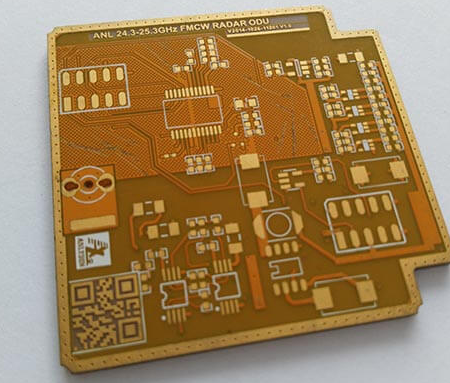
Comparing Rogers PCB Materials To Traditional FR4 Substrates
When comparing Rogers PCB materials to traditional FR4 substrates, it is essential to understand the distinct characteristics and advantages each material offers. Rogers Corporation, a renowned name in the electronics industry, provides high-frequency laminates that are widely used in advanced applications. In contrast, FR4, a composite material made of woven fiberglass cloth with an epoxy resin binder, is the most commonly used substrate in printed circuit boards (PCBs). The choice between Rogers and FR4 materials can significantly impact the performance, reliability, and cost of the final product.
One of the primary differences between Rogers PCB materials and FR4 substrates lies in their dielectric properties.
Rogers materials are engineered to have a low dielectric constant (Dk) and low dissipation factor (Df), which are crucial for high-frequency applications. These properties ensure minimal signal loss and better signal integrity, making Rogers materials ideal for RF (radio frequency) and microwave circuits. On the other hand, FR4 substrates have a higher dielectric constant and dissipation factor, which can lead to greater signal attenuation and loss, particularly at higher frequencies. Consequently, FR4 is more suitable for low-frequency applications where these factors are less critical.
Thermal management is another area where Rogers materials outperform traditional FR4 substrates.
Rogers laminates exhibit superior thermal conductivity, which allows for more efficient heat dissipation. This characteristic is particularly important in high-power applications where excessive heat can lead to component failure and reduced reliability. In contrast, FR4 materials have lower thermal conductivity, which can result in hotspots and thermal stress in demanding applications. Therefore, for designs requiring robust thermal management, Rogers materials are often the preferred choice.
Mechanical stability and dimensional stability are also important considerations when selecting PCB materials.
Rogers laminates offer excellent mechanical stability, maintaining their structural integrity under various environmental conditions. They exhibit low thermal expansion, which ensures that the dimensions of the PCB remain consistent even when subjected to temperature fluctuations. This stability is crucial for maintaining precise signal paths and preventing misalignment of components. Conversely, FR4 substrates can experience greater thermal expansion, which may lead to warping and misalignment, particularly in high-temperature environments.
Cost is a significant factor in the decision-making process for PCB materials.
FR4 substrates are generally more cost-effective than Rogers materials, making them an attractive option for budget-conscious projects. The widespread use of FR4 in the industry has led to economies of scale, further driving down costs. However, it is important to consider the long-term benefits and potential cost savings associated with using Rogers materials. The enhanced performance, reliability, and longevity of Rogers-based PCBs can offset the initial higher material costs, particularly in high-frequency and high-power applications.
In conclusion, the choice between Rogers PCB materials and traditional FR4 substrates depends on the specific requirements of the application. Rogers materials offer superior dielectric properties, thermal management, and mechanical stability, making them ideal for high-frequency, high-power, and demanding environments. On the other hand, FR4 substrates provide a cost-effective solution for low-frequency applications where these factors are less critical. By carefully evaluating the performance characteristics and cost implications of each material, designers can make informed decisions that optimize the performance and reliability of their PCBs.
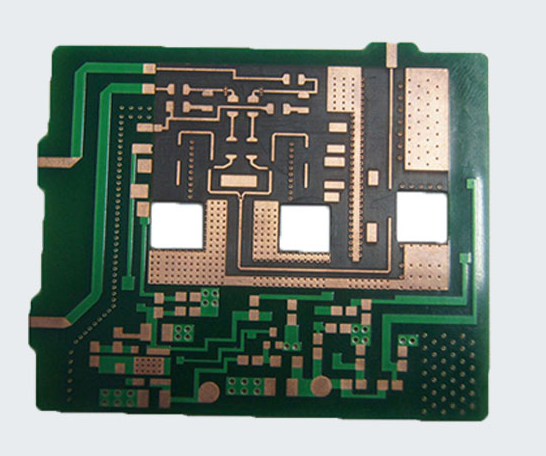
Design Tips For Optimizing Performance With Rogers PCB Services
When designing printed circuit boards (PCBs) with Rogers materials, optimizing performance requires a meticulous approach that considers various factors. Rogers PCB services are renowned for their high-frequency and high-performance capabilities, making them ideal for applications in telecommunications, aerospace, and advanced computing. To fully leverage these benefits, designers must adhere to specific guidelines and best practices.
First and foremost, understanding the material properties of Rogers laminates is crucial.
These materials are known for their low dielectric constant and low loss tangent, which are essential for high-frequency applications. By selecting the appropriate Rogers material, designers can ensure minimal signal loss and superior signal integrity. It is advisable to consult the datasheets provided by Rogers Corporation to match the material properties with the specific requirements of the application.
Transitioning to the layout phase, attention to detail in trace width and spacing is paramount.
The impedance of the traces must be controlled to maintain signal integrity, especially in high-frequency circuits. Utilizing impedance calculators and simulation tools can aid in determining the optimal trace dimensions. Additionally, maintaining consistent trace width and spacing throughout the design helps in reducing signal reflections and crosstalk, which can degrade performance.
Another critical aspect is the stack-up configuration.
The arrangement of the various layers in a PCB can significantly impact its electrical performance. For Rogers PCBs, it is recommended to use a symmetrical stack-up to minimize warping and ensure uniform electrical characteristics. Incorporating ground planes adjacent to signal layers can further enhance signal integrity by providing a return path for high-frequency signals, thereby reducing electromagnetic interference (EMI).
Thermal management is another vital consideration.
High-frequency circuits often generate substantial heat, which can affect performance and reliability. Rogers materials typically have good thermal properties, but designers should still implement effective thermal management strategies. This can include the use of thermal vias, heat sinks, and proper component placement to dissipate heat efficiently. Ensuring adequate ventilation and considering the thermal conductivity of the materials used can also contribute to maintaining optimal operating temperatures.
Moreover, the choice of components and their placement on the PCB can influence performance.
High-frequency components should be placed as close to each other as possible to minimize signal path lengths and reduce potential losses. Additionally, decoupling capacitors should be strategically placed near power pins to filter out noise and stabilize the power supply. Proper component orientation and alignment can also aid in reducing parasitic inductance and capacitance, which are detrimental to high-frequency performance.
Transitioning to the manufacturing phase, it is essential to collaborate closely with the PCB fabricator.
Providing detailed and accurate design files, including Gerber files, drill files, and assembly drawings, ensures that the fabricator can produce the PCB to the exact specifications. Clear communication regarding the use of Rogers materials and any special requirements can prevent potential issues during manufacturing.
Finally, rigorous testing and validation are indispensable.
High-frequency PCBs should undergo thorough testing to verify their performance under real-world conditions. This can include signal integrity testing, thermal cycling, and environmental stress testing. By identifying and addressing any issues early in the development process, designers can ensure that the final product meets the desired performance standards.
In conclusion, optimizing performance with Rogers PCB services involves a comprehensive approach that spans material selection, layout design, thermal management, component placement, manufacturing collaboration, and rigorous testing. By adhering to these design tips, engineers can fully exploit the advantages of Rogers materials and achieve superior performance in their high-frequency applications.


